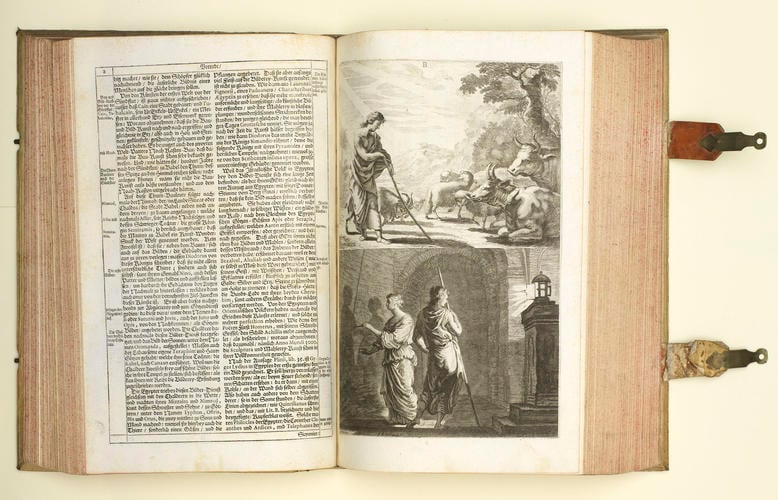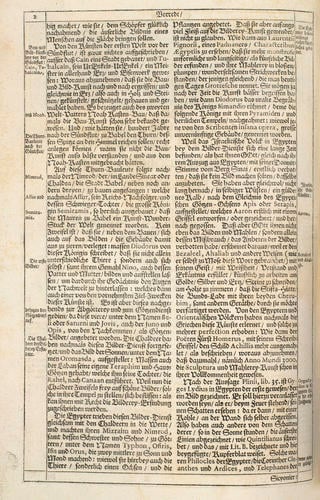-
1 of 253523 objects
After Joachim von Sandrart (1606-1688)
L'Academia Todesca della architectura, scultura e pittura: Oder Teutsche Acadamie (Nuremberg 1675-9). 1675
RCIN 808964

After Joachim von Sandrart (1606-1688)
Master: L'Academia Todesca della architectura, scultura e pittura: Oder Teutsche Acadamie (Nuremberg 1675-9). Item: The Invention of the Art of Drawing 1675

After Joachim von Sandrart (1606-1688)
Master: L'Academia Todesca della architectura, scultura e pittura: Oder Teutsche Acadamie (Nuremberg 1675-9). Item: The Invention of the Art of Drawing 1675

After Joachim von Sandrart (1606-1688)
Master: L'Academia Todesca della architectura, scultura e pittura: Oder Teutsche Acadamie (Nuremberg 1675-9). Item: The Invention of the Art of Drawing 1675



-
Two volumes of illustrations of ancient and modern Roman buildings, sculpture, the theory of painting, biographies of artists, including German and contemporary (ie seventeenth-century) artists, and antiquities. German text.
Joachim von Sandrart was a painter of some note but it is for his two-volume Teutsche Academie that he is chiefly remembered. His compendious treatise includes sections on ancient sculpture and architecture, perspective, the theory of painting, artists’ biographies, a translation of Ovid’s Metamorphoses and so on. The second part of Book I purports to give a history of art from its earliest origins, and opens with an engraving of two scenes of legendary accounts of the discovery of drawing.
The upper scene shows a shepherd tracing around his shadow in the dust with his staff. Sandrart credits this account to the Roman author Quintilian, but it is likely that he took his information from Leon Battista Alberti’s treatise On Painting (1435), which states: ‘Quintilian believed that the earliest painters used to draw around shadows made by the sun, and art eventually grew by a process of additions. Some say that an Egyptian Philocles and a certain Cleanthes were among the first inventors of this art’ (Alberti 1972, p. 63). The lower scene shows the account in the Natural History (35: 43) of Pliny, according to whom drawing was invented by the daughter of Butades, a tile-maker of Sicyon, who traced around the shadow cast by the profile of her beloved (her father then also produced the first relief by filling the outline drawing with clay). This account became known as the story of the Corinthian Maid.
Text adapted from Portrait of the Artist, London, 2016 -
Creator(s)
(publisher)(publisher)(engraver)(engraver)(engraver) -
Medium and techniques
Category
Object type(s)